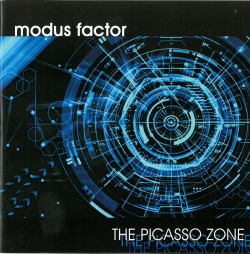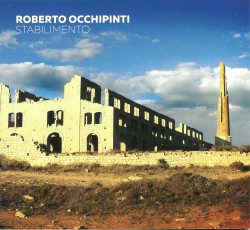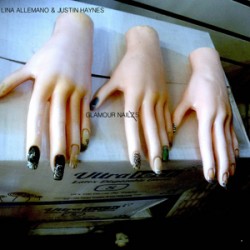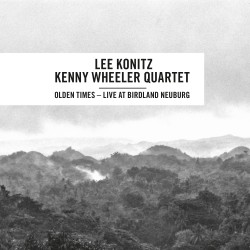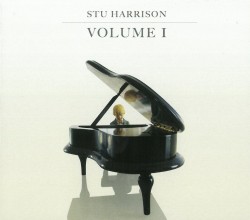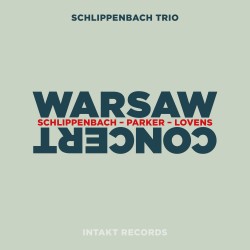Infinitude - Ingrid and Christine Jensen with Ben Monder
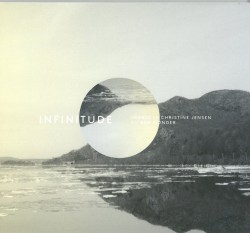 Infinitude
Infinitude
Ingrid and Christine Jensen with Ben Monder
Whirlwind Recordings WR4694 (ingridjensen.com)
Originally from Vancouver Island, sisters Ingrid and Christine Jensen have both established careers in jazz, Ingrid as a trumpeter in New York, Christine as a composer and alto saxophonist in Montreal. Their individual styles share a compelling sense of spaciousness and a keen alertness to voicings and sound, qualities that link them, as annotator James Hale notes, to a Canadian tradition embodied in forebears like Paul Bley and Kenny Wheeler.
While both may be best known for orchestral projects, Infinitude presents them in a quintet with guitarist Ben Monder, bassist Fraser Hollins and drummer Jon Wikan. Despite that sparse instrumentation, the music often does feel orchestral, a tribute to the sisters’ rich sonorities and thoughtful harmonies as well as Monder’s resourceful mastery of electric guitar timbres.
A feeling of infinite space is apparent from Monder’s Echolalia, a rolling piece that sets its repeating theme on the carpet of sound provided by Hollins’ resonant bass. That sense of space colours the music in other ways as well; Ingrid’s Duo Space is a duet with Monder, her burnished trumpet sound supported by waves of atmospheric guitar sound.
Another sense of space is apparent, too. If Christine’s reputation as composer and orchestrator has long surpassed her instrumental achievements, the openness of this group highlights a new fluency on saxophone. It comes through especially on her Octofolk: she reveals a fresh assertiveness and a shifting mercurial creativity in both line and sound.


